Light earthquake with a strength of 3.0 hit Hasbrouck Heights in Bergen County, New Jersey.
By Martin Mungwa, Ph.D., PE, F.ASCE
US Licensed Professional Engineer | Utility Engineering Expert
On Saturday, August 2, 2025, a light earthquake with a strength of 3.0 hit Hasbrouck Heights in Bergen County, New Jersey, around 10:15 p.m., according to the U.S. Geological Survey. The tremor was felt as far as 100 miles away in parts of Pennsylvania, New York, and Connecticut. Thankfully, no one was hurt and no damage was reported—but it took many people by surprise.
This event is a wake-up call, especially for regions that do not usually expect earthquakes. Even small tremors can reveal weak spots in how buildings and infrastructure are constructed.
What This Means for Ambazonia
Ambazonia is not known for frequent earthquakes, but it lies along the Cameroon Volcanic Line, an area that includes volcanoes and underground movement. This means the risk—though low—is real. Even small ground movements can lead to problems like cracks in buildings, landslides, or shifting soil, especially in areas where the ground is made of soft clay.
Local engineers and planners must take time to identify and study areas with clay-heavy soils—especially in places like Manyu, Fako, Mezam, and Ndian. These zones are more likely to experience movement during a tremor and should be examined carefully before building anything new.
How the International Building Code (IBC) Helps
The International Building Code gives clear guidance on how to design buildings to handle small earthquakes safely. Even in low-risk areas like Ambazonia, some key steps should always be followed:
Strong Design: Every building needs to have a continuous load path—meaning it should be able to carry weight and resist shaking from top to bottom.
Know the Soil: Builders must test the soil before construction, especially if it is clayey or likely to expand or shrink with water.
Upgrade Older Buildings: Existing buildings can be improved using modern techniques to resist shaking, like bracing or using flexible materials.
What Types of Buildings Must Prioritize Seismic Safety?
Not all buildings face equal risk. The type of occupancy—how a building is used and who is inside—determines the urgency of seismic design. In Ambazonia, the following categories must be treated with priority:
Hospitals and Clinics – These must stay operational during and after disasters. Structural failure could cost lives.
Schools and Colleges – Children and students are among the most vulnerable populations. These buildings must be designed to remain safe during ground motion.
Government and Emergency Buildings – Police stations, fire services, and administrative centers must be built to function during crises.
Churches and Assembly Halls – Places where large groups gather should be protected from collapse, especially those with heavy roofs or long spans.
Multi-storey Residential or Commercial Buildings – Structures that house many people or businesses must account for lateral movement and foundation stability.
Unreinforced Masonry Houses – Common in rural areas, these are highly vulnerable to cracks and collapse, even in minor quakes.
Buildings that fall under these categories should not be built without proper structural design, site assessment, and enforcement of seismic provisions in line with the IBC.
What Is the Role of the Ambazonian Society of Engineers?
The Ambazonian Society of Engineers (ASE) plays a central role in helping the government and local communities prepare for and respond to natural disasters, including earthquakes and landslides.
ASE’s responsibilities include:
Advising the Government: Providing expert guidance to national and local authorities on safe building practices, risk assessments, and emergency infrastructure planning.
Setting Standards: Recommending how the International Building Code (IBC) should be applied or adapted to Ambazonian conditions.
Public Education: Teaching the public, developers, and builders about safe construction methods, soil conditions, and disaster response protocols.
Professional Training: Organizing workshops and certifications for local engineers to strengthen their knowledge on structural safety and resilience.
Post-Disaster Assessment: If an earthquake or other disaster strikes, ASE can quickly deploy professionals to inspect damaged structures and recommend next steps.
Mapping High-Risk Zones: Coordinating research to identify and publish maps of clayey soils, landslide-prone hills, and other geotechnical hazards.
Through this work, ASE ensures that technical expertise serves public safety, and that Ambazonia builds wisely, not just cheaply.
A Call to Engineers and Communities
The earthquake in New Jersey is a gentle reminder—not to cause panic, but to encourage smart preparation. Ambazonian engineers should use this moment to review our own standards and practices. By applying the right building codes and learning from events like this, we can protect our communities—before disaster strikes.
Let us build not just for today, but for the unexpected tomorrow.
Dr. Martin Mungwa, Ph.D., PE, F.ASCE
US Licensed Professional Engineer | Utility Engineering Expert





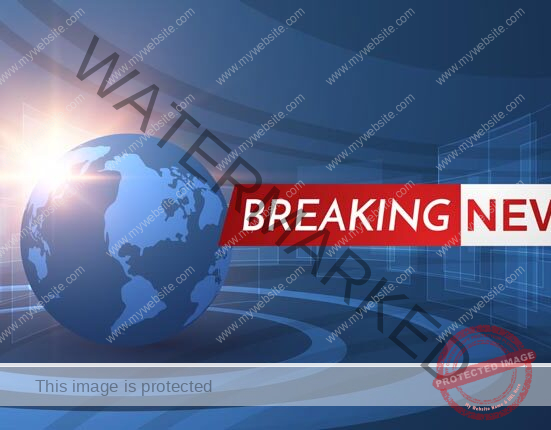

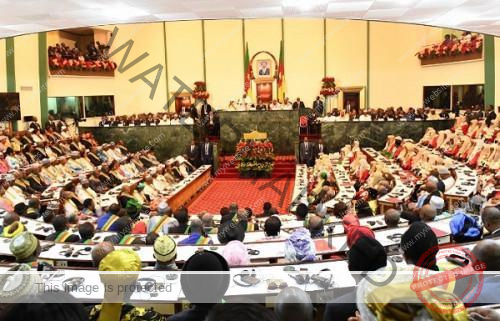





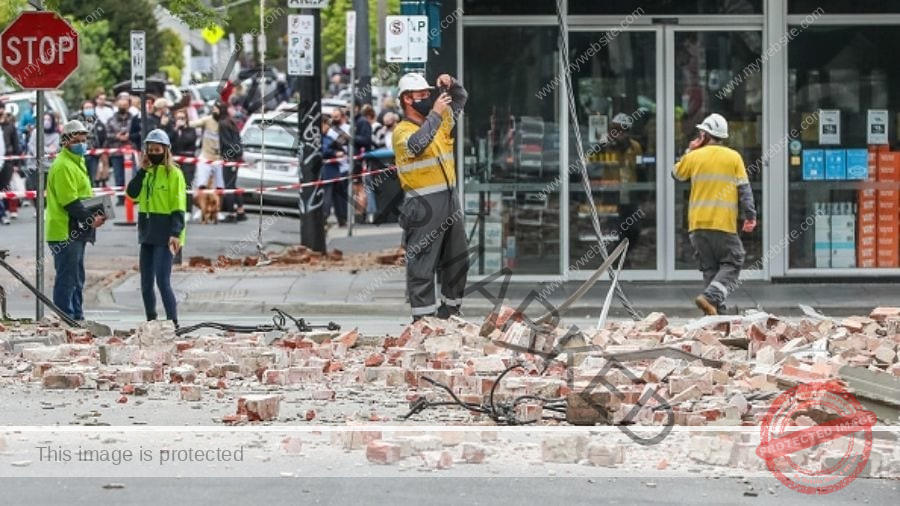




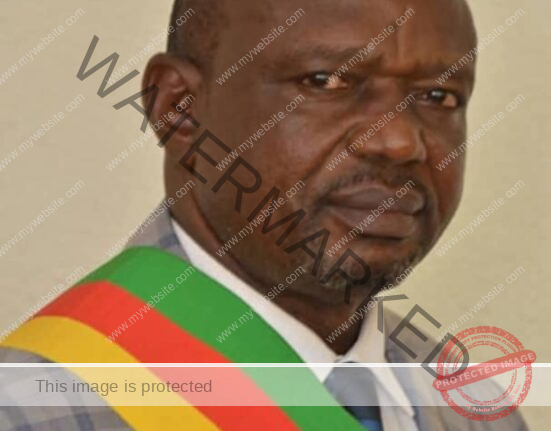
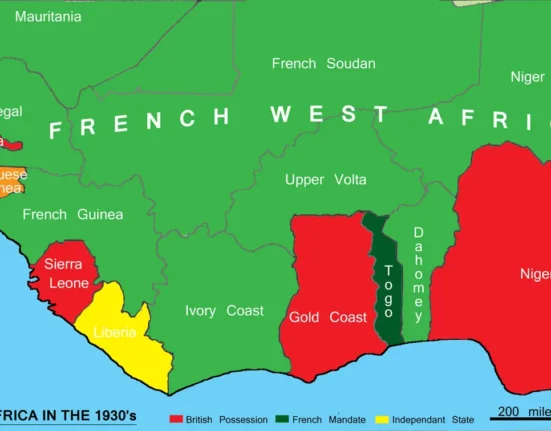

Leave feedback about this